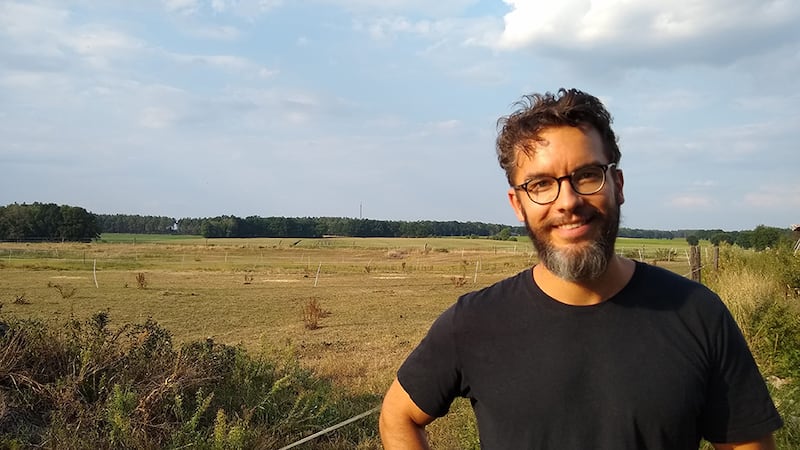
In Fierce Attachments, Vivian Gornick’s 1987 memoir about her mother, there is a scene near the end where both women are arguing. Her mother asks: “Why don’t you go already?” to which Gornick thinks – but doesn’t say out loud – “I’m half in, half out”. She cannot stay, and she cannot go.
This could be perceived as a kind of familial bind, a situation there is no solution to, but not for Gornick. In all of her writing, she knows the benefit of being both inside and outside – half in, half out – of a situation. It’s an acknowledgment of how one can have conflicting ideas and feelings but not be undone by the lack of symmetry. This conflict thrives in all of her work, as does her examination of the self, which she frequently positions as outsider.
Gornick co-edited an anthology, Woman in Sexist Society: Studies in Power and Powerlessness, which makes a case for woman as the ultimate outsider. Rather than seeing this as a solely negative thing, an outsider’s vantage point allows valuable perspective, and freedom to write empathetically about all marginalised people on the outside.
Gornick’s writing has always predicated on such a position. The essays in Approaching Eye Level (originally published in the US in 1996 and now available here for the first time) examine what such a position affords: independence and power, but also isolation and a lack of security.
Much of her best-known work is about the city, particularly her native New York, where she was born in the Bronx in 1935. In the opening essay, On the Street: Nobody Watches, Everyone Performs, she attests that there is nowhere else she’d rather live, but the duality at the heart of her opinions is embedded in every word: New York nourishes her, but constantly reminds her of her aloneness.
“Loneliness engulfs me like dry heat. It is New York loneliness, hot with shame, a loneliness that tells you you’re a fool and a loser. Everyone else is feasting, you alone cannot gain a seat at the banquet.”
But isolation is also what affords Gornick the space and time to write. Without it, there would be no reflection and no published work. And she is acutely aware that she is not a unique statistic. In On Living Alone, she writes of the army of “those of us between thirty-five and fifty-five who live alone”, an unmoored demographic, whose lives have not turned out as expected.
House share
Away from New York, she ends up teaching at university in a southern American town and finds herself sharing a house with another woman. It is an idyllic arrangement, and one that affords “relief and gratitude” at not living solo, something that surprises her. There is rigidity in much of her thinking (and writing) but Gornick never loses her deeply humane commitment to being open to possibility.
Before she wrote essays and memoir, Gornick worked as a journalist for the Village Voice. In 1970 an editor dispatched her to investigate “these women’s libbers”, and there she met Kate Millett and Shulamith Firestone. A week later she declared herself a convert, having found answers she had been perennially searching for, recorded here in What Feminism Means to Me: “The lifelong inability to take myself seriously as a worker; this was the central dilemma of a woman’s existence.”
Over the years her relationship with feminism has been complicated, but ultimately it has sustained her. Not just for its intellectual rigour and the sense that she is entitled to write, but to achieve more than what has historically been expected of her gender. Feminism taught her the value of work and “that power over one’s own life comes only through the steady command of one’s own thought”.
The strongest essays in the book are about this kind of interiority; of the steadfast commitment to writing, the ache of isolation and the limitations of friendship. In At the University, Gornick strikes an oddly bitter note, which undermines the (mostly) astute points she makes about academia. Hers is a life of ongoing inquiry, which she does with skill and endless curiosity.
Approaching Eye Level pivots around aloneness but not loneliness, and how to construct a writing career within a life taken up with solitude. Despite the necessary pockets of introspection required to make these pieces, the title reminds us that Gornick never stops looking outwards, or finding new ways to see. She writes: “I have endured the loss of three salvation romances – the idea of love, the idea of community, the idea of work.”
Vivian Gornick knows what’s at stake, and what is vital for the creation of art, and continues to pursue it doggedly to this day.













